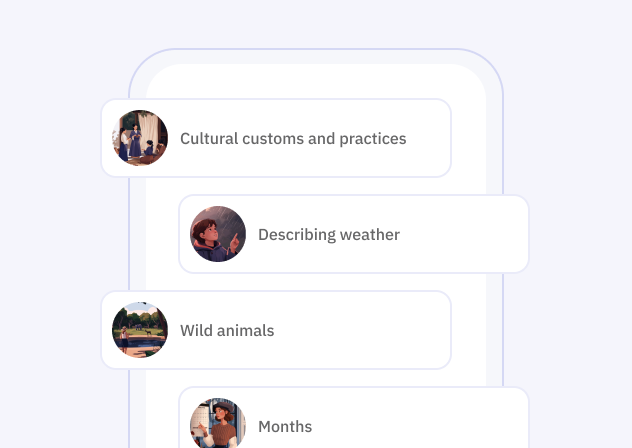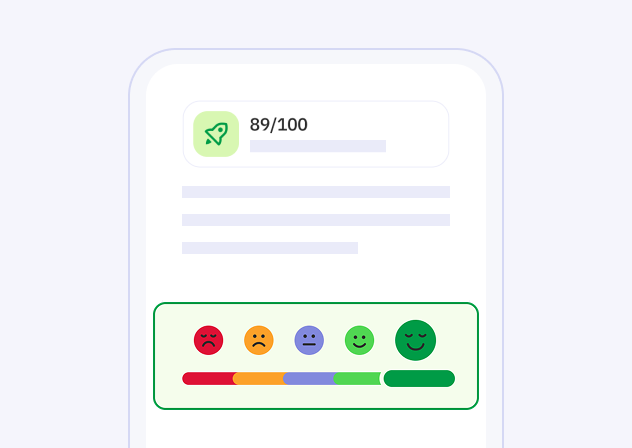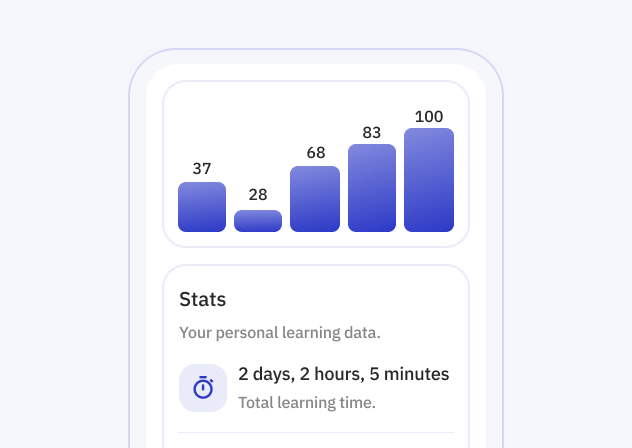The verb "tie" is a versatile word in the English language, primarily used to describe the action of fastening or securing objects together with a rope, string, or similar material. It can also refer to the process of making a knot or bow with such materials. The verb encompasses both the physical act of binding or linking things and the abstract sense of connecting or associating concepts or entities. "Tie" is commonly used in everyday language to express the idea of attaching or binding one thing to another, whether literally, such as tying shoelaces, or metaphorically, such as tying together ideas in a cohesive argument.
She needed to tie her shoelaces before we could leave the house.
Can you help me tie this ribbon around the gift?
He learned to tie a knot in scouting.
You must tie the boat to the dock securely, or it may drift away.
She wore a dress that you have to tie at the back.
They had to tie up loose ends before the project could be considered complete.
I will tie a string around my finger to remind me of your birthday.
The teams will tie if neither scores in the next few minutes.
Please tie up the dog so he doesn’t run into the street.
It took him a while to learn how to tie his own tie.
I tie my shoes every morning.
You tie your necktie neatly.
He ties the ribbon on the gift.
She ties her hair back before the game.
It ties the room together.
We tie the boat to the dock.
They tie knots for the scouts.
I tied a bow on the present yesterday.
You tied your laces before leaving.
He tied the score with a last-minute goal.
She tied up the package securely.
It tied the record with its performance.
We tied the knot last year.
They tied their best in the competition.
I will tie the balloons to the fence tomorrow.
You will tie the score with one more point.
He will tie his dog to the pole outside the store.
She will tie up all the loose ends by next week.
It will tie the old record if it continues at this pace.
We will tie dye shirts at the party.
They will tie the ribbons around the hall for the event.
I am tying my jogging shoes now.
You are tying up all the important documents.
He is tying the boat to the cleat.
She is tying her apron before cooking.
It is tying the game with each passing second.
We are tying the decorations in the backyard.
They are tying up traffic with the parade.
I was tying my shoelaces when it happened.
You were tying up your hair during the earthquake.
He was tying the canoe to the roof of the car when it started raining.
She was tying up the curtains when the guests arrived.
It was tying the game when the power went out.
We were tying balloons when the wind picked up.
They were tying the fishing nets when they saw the whale.
I will be tying up the boat when you arrive.
You will be tying your tie when the show starts.
He will be tying ribbons at the event.
She will be tying up loose ends at work tomorrow.
It will be tying the score soon at this rate.
We will be tying up the decorations all morning.
They will be tying the knots for the sail tomorrow.
The most efficient way to learn a language
Try Talkpal for free
Each individual learns in a unique way. With Talkpal technology, we have the ability to examine how millions of people learn simultaneously and design the most efficient educational platforms, which can be customized for each student.

Receive immediate, personalized feedback and suggestions to accelerate your language mastery.

Learn via methods tailored to your unique style and pace, ensuring a personalized and effective journey to fluency.
Talkpal is an AI-powered language tutor. It’s the most efficient way to learn a language. Chat about an unlimited amount of interesting topics either by writing or speaking while receiving messages with realistic voice.


Talkpal, Inc., 2810 N Church St, Wilmington, Delaware 19802, US
© 2025 All Rights Reserved.